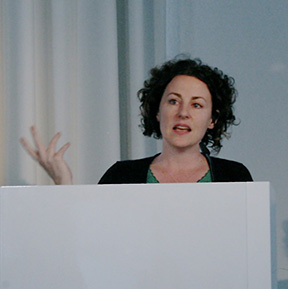At first glance, the history of institutional responses to deafness in Europe and the United States seems to exemplify the trajectory of biomedicalization, as described by Adele Clarke and her former graduate students.1 Their periodization begins with “the rise of medicine” in the late nineteenth century, followed around 1940 by the era of medicalization—in which medical jurisdiction expanded over matters previously considered to be educational, legal, or religious. (Through the work of Irving Zola, among others, the sociological theory of medicalization became foundational to the field of disability studies). The chronology proceeds into the 1980s with biomedicalization, the result of medicine’s “reorganization” by the life sciences—especially molecular biology—and by computing. Clarke and her co-authors present biomedicalization as anintensification rather than a “break”; it is the extension of medicalization to “health itself,” thus characterized by maximization, self-monitoring, and customization or enhancement rather than normalization.

